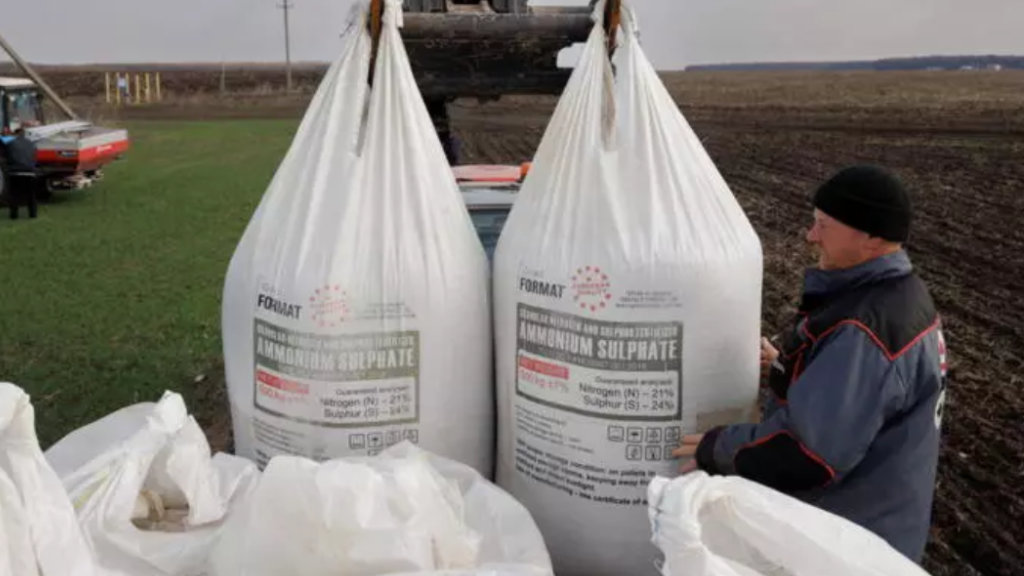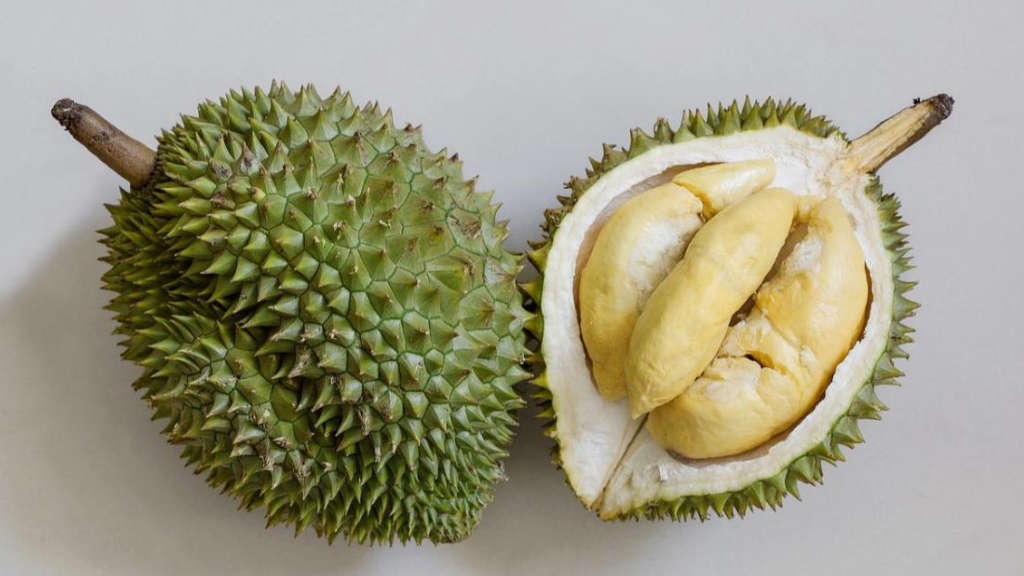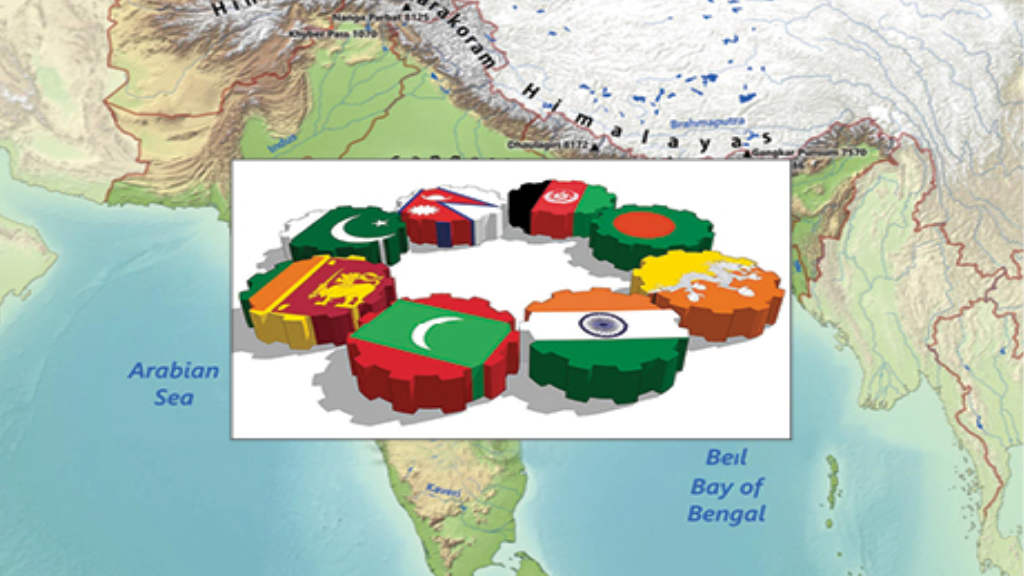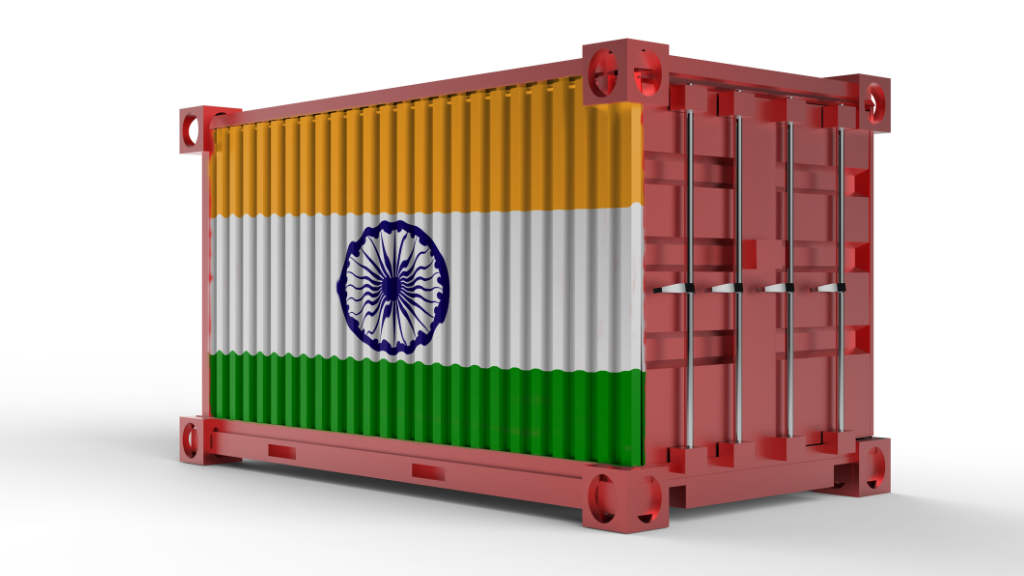Russia’s PhosAgro boosted fertilizer exports 10% year-on-year to 4.3 million tonnes in January-May 2025, CEO Mikhail Rybnikov has said. He was speaking at the St. Petersburg International Economic Forum and stated, “After fully covering the needs of Russian farmers, we increased exports by approximately 10%, or 400,000 tonnes, to 4.3 million tonnes in the first five months of 2025. This includes almost 1 million tons supplied to India compared to 700,000 tons the previous year, and exports to Africa also grew by a third.”
He also said that supply to the Russian domestic market was following the same trends as last year. “We are not seeing any reduction in consumption. The overwhelming majority of agricultural companies have an annual purchasing plan and annual fertilizer budget. We don’t expect purchasing to decrease before the end of this year.”
He said that the increase in EU import duties on fertilizers from Russia and Belarus, starting on July 1, would cause market prices to rise. “On the U.S. market, when they brought in import duties for Russian products, prices rose US$100 above global prices at one stage. The same thing will happen on the European market, which is also in need of urgently reorganizing its logistics. Alternative suppliers will also probably raise prices. At first, this will all be paid for by European farmers—or the state, if it grants subsidies to farmers—and then after that they will have to try and find ways to cope.”
He said that Europe had been decreasing fertilizer consumption for many years. “This compromises the quality of wheat and means that Europe may gradually move from being an exporter to being an importer of wheat.”
He said that if exporting to the European market ceases to be worthwhile for PhosAgro due to increased import tariffs, the company would redirect these products to more marginal markets. “We work on the basis of where the best margins are. If European markets decline, then we will move on to the markets with the best returns, whether that is Africa, Brazil, or India. We also have high hopes for the development of the Russian market in the future. The Agriculture Ministry plans growth in fertilizer consumption from 5.5 million tonnes to 8 million tonnes by 2030.”
Rybnikov added that “Fertilizer prices are currently growing across the world due to European tariffs, the situation in the Middle East, and decreased stocks in India. Diammonium phosphate prices were previously forecast in the region of US$500 per ton, but this has now risen above US$700 per ton. If we look at America, CFR prices are above US$800 per ton. And they are approaching the same level in India due to low stocks.”
Rybnikov also said that urea prices had grown from US$350 per ton to US$450 per ton last week due to the situation in Iran.
The world’s largest fertilizer producers, based on export value and production volume, are Russia, China, and Canada. Other significant producers include the United States, Morocco, Saudi Arabia, and India. In 2023, Russia’s fertilizer exports were valued at US$15.3 billion, with China second at US$10.9 billion and Canada third with US$10.4 billion.
Further Reading





